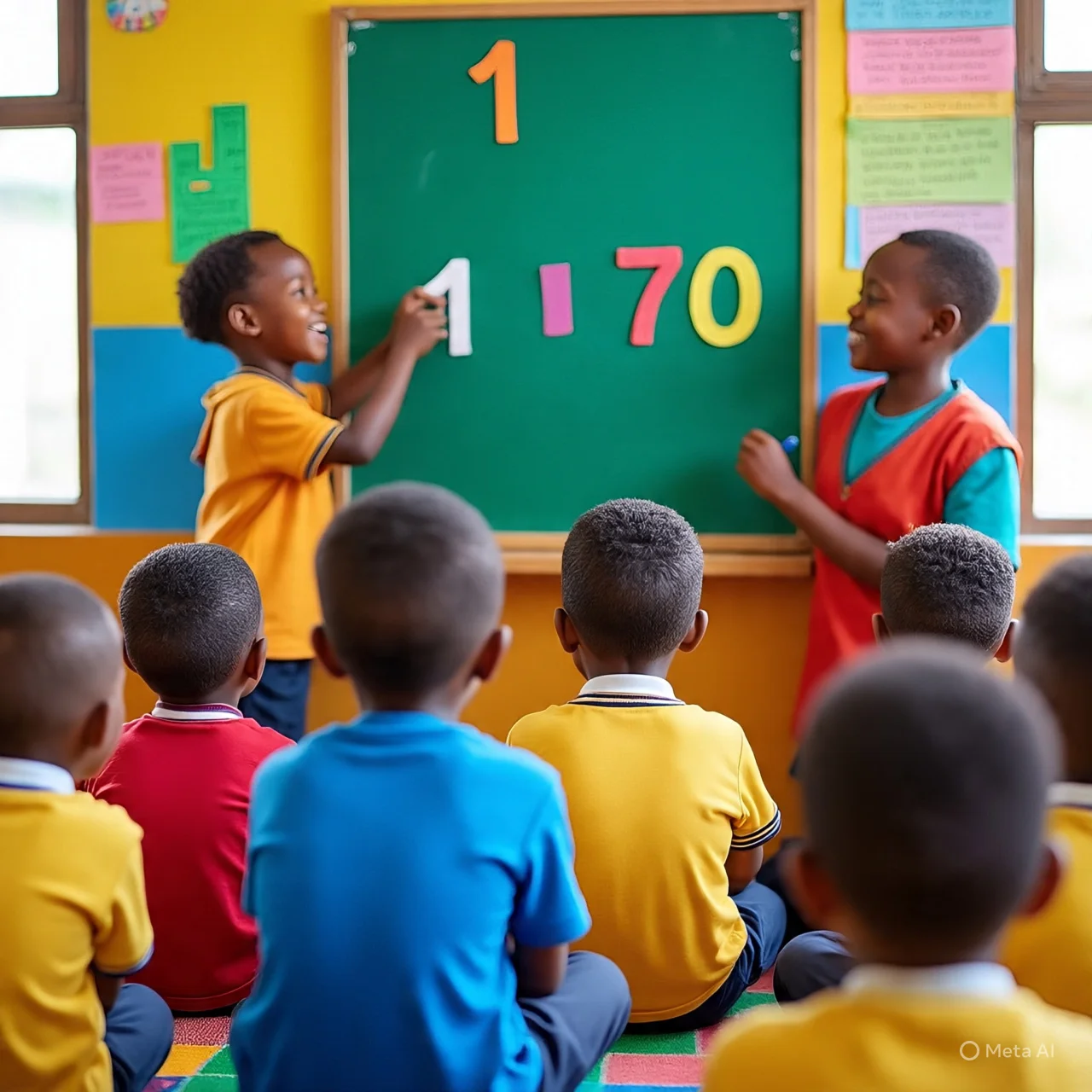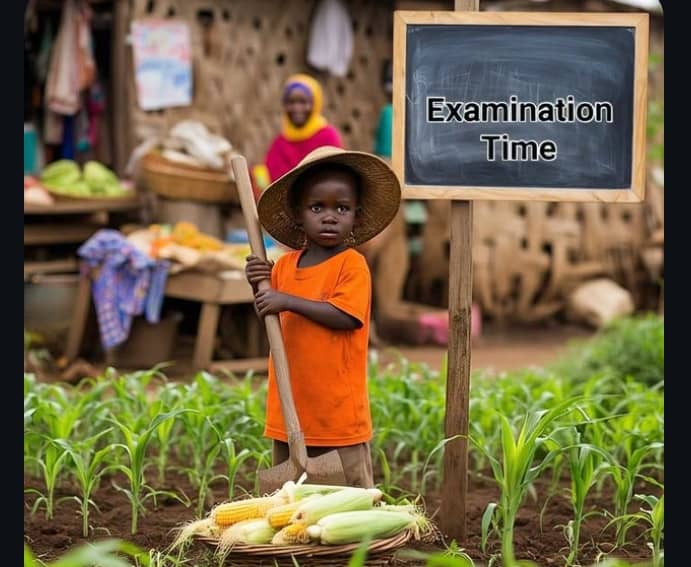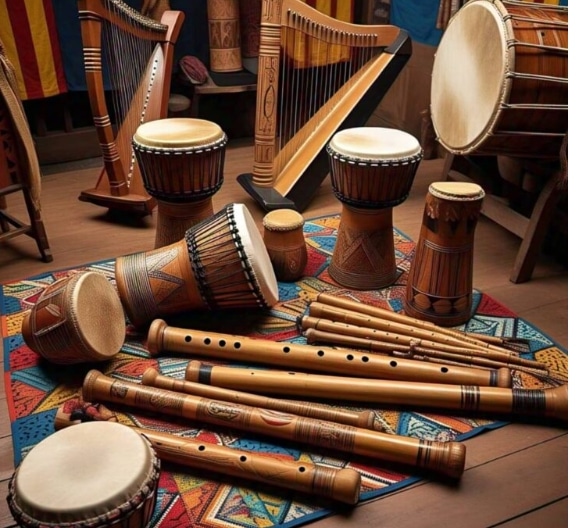Soil Types and Importance for Primary 1 (Simple Basic Science Guide)
Soil: Types and Importance – Primary 1 Basic Science Lesson Note (Week 5)
(Student-Centred, Lagos State Scheme-Aligned)
Subject: Basic Science
Class: Primary 1
Term: Second Term
Week: 5
Age: 5–6 years
Topic: Soil
Sub-Topic: Types of Soil and Importance of Soil
Duration: 40 minutes
Behavioural Objectives
By the end of the lesson, pupils should be able to:
- Describe what soil is.
- Mention at least three types of soil.
- Identify features of each type of soil.
- List at least five importance of soil.
- Give examples of things that grow or live in soil.
- Differentiate between sandy, clay, and loamy soil.
Keywords and Meanings (10)
- Soil – The upper part of the ground we walk on.
- Sandy Soil – Soil that is loose, rough, and dry.
- Clay Soil – Soil that is smooth and sticky when wet.
- Loamy Soil – Rich soil that is good for planting.
- Plants – Living things that grow in soil.
- Roots – The part of a plant that is inside the soil.
- Farmers – People who plant and grow food.
- Water – Liquid used by plants to grow.
- Animals – Living things that move and eat food.
- Nutrients – Food inside soil that helps plants grow.
Set Induction (Attention-Grabbing Story)
The teacher tells a short story:
“Children, yesterday on my way home, I saw a little girl named Teni. She planted a small bean seed in a cup. Every morning she watered it. After some days, the bean plant grew tall and green. Do you know what helped the seed grow? Yes—the soil! Soil is like a soft bed that plants sleep in, eat from, and grow inside. Today, we will find out more about soil and why it is so important.”
Entry Behaviour
Pupils have seen sand on the playground and may have played with soil while building sandcastles or planting class flowers.
Learning Resources and Materials
- Real soil samples (sandy, clay, loamy)
- Clear bowls
- Pictures/charts
- Plants with roots
- Video clip about soil
Building Background / Connection to Prior Knowledge
Teacher reminds pupils they previously learned “Things Found in the Soil.”
Teacher says: “Today we will learn more about soil itself.”
Embedded Core Skills
- Observation
- Sorting and classification
- Critical thinking
- Communication
- Comparing differences
Reference Books
- Lagos State Unified Scheme of Work (Basic Science – Primary 1)
- Basic Science for Primary Schools – UBE Edition
Instructional Materials
- Soil samples
- Picture cards
- Flash cards
- Chart showing types of soil
CONTENT (Clear, Structured & Child-Friendly)
A. Meaning of Soil
- Soil is the top part of the ground we walk on.
- Soil is made from small pieces of rock, dead plants, and dead animals.
- Soil is where plants grow.
- Soil holds roots of plants.
- Soil is where many animals live, such as ants and worms.
B. Types of Soil (Meaning + 5 Examples Each)
1. Sandy Soil
Meaning:
Sandy soil has large grains. It feels rough, dry, and loose. It cannot hold water well.
Examples of where we find sandy soil:
- Beach
- Playground
- Construction sites
- Roadside edges
- Open fields
2. Clay Soil
Meaning:
Clay soil is smooth and sticky when wet. It holds water for a long time.
Examples of where we find clay soil:
- River banks
- Streams
- Pond areas
- Flooded grounds
- Clay–making areas (pottery spots)
3. Loamy Soil
Meaning:
Loamy soil is a mixture of sand, clay, and humus. It is the best soil for planting.
Examples of where we find loamy soil:
- Gardens
- Farms
- School flower beds
- Vegetable farms
- Nurseries
C. Importance of Soil (10 Examples)
- Soil helps plants grow.
- Soil is home to animals like ants and worms.
- Soil is used to build houses (clay).
- Soil helps us grow food.
- Soil holds water for plants.
- Soil gives nutrients to plants.
- Soil prevents flooding.
- Soil is used in making bricks.
- Soil helps plants stand firm.
- Soil is used in roads and construction.
PRESENTATION
Step 1 – Revision of the Previous Lesson
Teacher revises “Things Found in the Soil.”
Step 2 – Introduction of New Topic
Teacher presents soil samples and says: “Today we will learn about soil, types of soil, and its importance.”
Step 3 – Teacher Encourages Pupils’ Contributions
Children discuss their experiences with sand, farm soil, or clay.
Teacher’s Activities
- Display soil samples.
- Explain each type of soil.
- Allow pupils to touch and compare soils.
- Show pictures of farms and gardens.
- Explain the importance of soil.
- Ask questions.
Learners’ Activities
- Touch and observe soil samples.
- Identify differences.
- Answer the teacher’s questions.
- Participate in discussions.
- Give examples from their environment.
CLASS ACTIVITY DISCUSSION (10 FAQs with Answers)
- Q: What is soil?
A: Soil is the top part of the ground. - Q: Why do plants need soil?
A: Because soil helps plants grow. - Q: Which soil is best for planting?
A: Loamy soil. - Q: Which soil is rough and dry?
A: Sandy soil. - Q: Which soil is sticky when wet?
A: Clay soil. - Q: Name one animal that lives in soil.
A: Ant. - Q: What does soil give plants?
A: Nutrients. - Q: Who uses soil to plant food?
A: Farmers. - Q: Where do we find sandy soil?
A: On the beach. - Q: Why is loamy soil good for planting?
A: Because it has sand, clay, and humus.
EVALUATION QUESTIONS
A. Fill-in-the-Blank with Options (10)
- Soil is the top part of the ______ (a) sky (b) ground (c) water
- The soil that is rough is ______ soil. (a) sandy (b) clay (c) loamy
- The soil that is sticky when wet is ______. (a) clay (b) sand (c) humus
- Plants grow in ______. (a) soil (b) glass (c) air
- ______ soil is best for planting. (a) loamy (b) sandy (c) rocky
- Roots of plants grow in ______. (a) soil (b) sky (c) sea
- Ants live in the ______. (a) soil (b) sun (c) water
- Clay soil holds ______ for a long time. (a) air (b) water (c) fire
- Soil helps plants to stand ______. (a) weak (b) firm (c) soft
- Soil has ______ that help plants grow. (a) nutrients (b) toys (c) papers
B. Short-Answer Questions (10)
- What is soil?
- Mention one type of soil.
- Which soil is good for planting?
- Which soil is rough?
- Which soil is sticky?
- Name one animal found in soil.
- What do plants get from soil?
- Where can we see sandy soil?
- Name one thing made from soil.
- Why do plants need soil?
Assessment (10 Questions)
- Define soil.
- Write two types of soil.
- Where do we find sandy soil?
- Which soil holds water well?
- Give two uses of soil.
- What makes up soil?
- Mention one animal in soil.
- Why is loamy soil good?
- Mention one place with clay soil.
- Write one importance of soil.
Conclusion
Teacher marks pupils’ work, gives corrections, and reinforces key points about soil types and importance.
Internal Links:
- Learn more about Things Found in the Soil on our Basic Science Lessons page.
- Explore our Primary School Lesson Plans for more weekly notes.
- Visit our Teaching Tips & Guides for classroom support.









